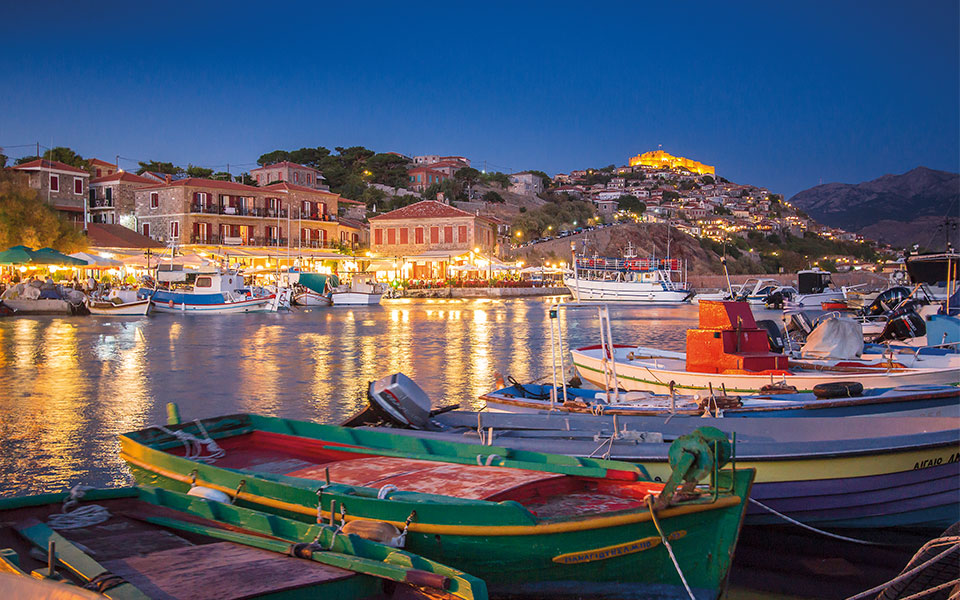It is only natural that islands as large as Lesvos integrate many worlds into one. The rural and the urban world, the world of olive oil and the world of sardines, the worlds of letters, arts and mansions. The man who mirrored all these worlds is a popular painter who captured in his work the tradition, agriculture and the indissoluble link between men and land. It is no coincidence that Theophilos came from Lesvos, because just like the island he integrated many worlds in his artworks.
Lesvos, therefore, has many aspects waiting to be discovered by its visitors, architecture and gastronomy being two of the most interesting ones. It is also an island of long distances. Choose the part of Lesvos (east, west) that interests you the most and focus on it, because it is difficult to explore the whole island in one trip.
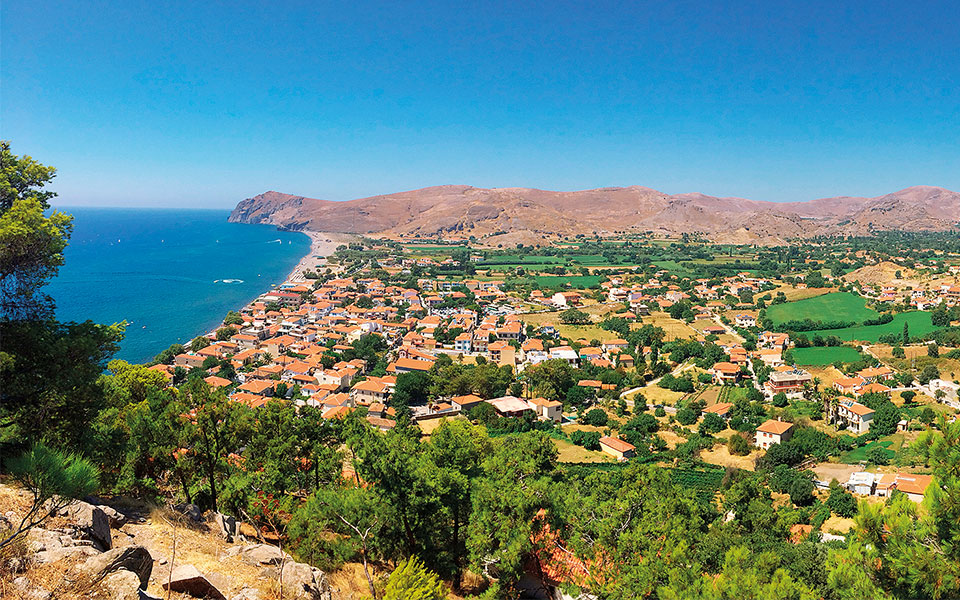
© Shutterstock
From Molyvos to Vatoussa, Molyvos is quite popular, since it is the most famous settlement of Lesvos, which sometimes steals the show even from the city of Mytilene because of its castle (in ancient Mithymna), the architecture of stone and wood, the fish taverns by the sea and the indescribable summer moon.
Vatoussa on the other hand is a village you probably have not heard of; it is an atmospheric traditional inland settlement with stone houses, cobbled streets and oleanders, which is less touristic than Molyvos and is a good occasion to discover a more authentic side of Lesvos. The two settlements are 31km away from each other.
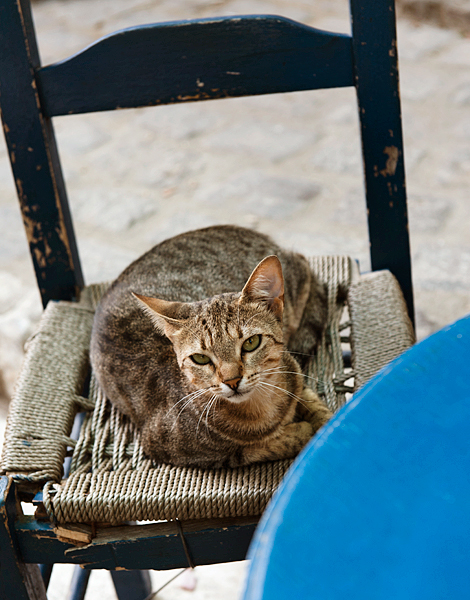
© Vangelis Zavos
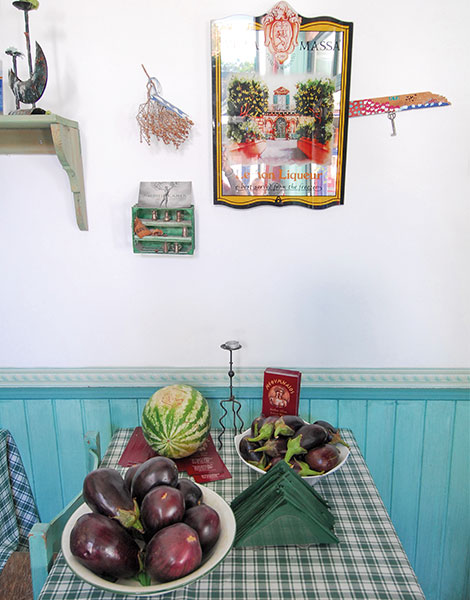
© Giannia Giannelos
Excursion to Sigri
The most famous visitor who ever passed by Sigri was the Nobel Prize-winning author Albert Camus, who found in this village “the place of gods”, as he had stated. Decades have passed since then and yet Sigri remains a simple, quiet village that has not been badly affected by tourism. Spend an afternoon here, enjoying swimming and delicious seafood, only 10km from the Petrified Forest.
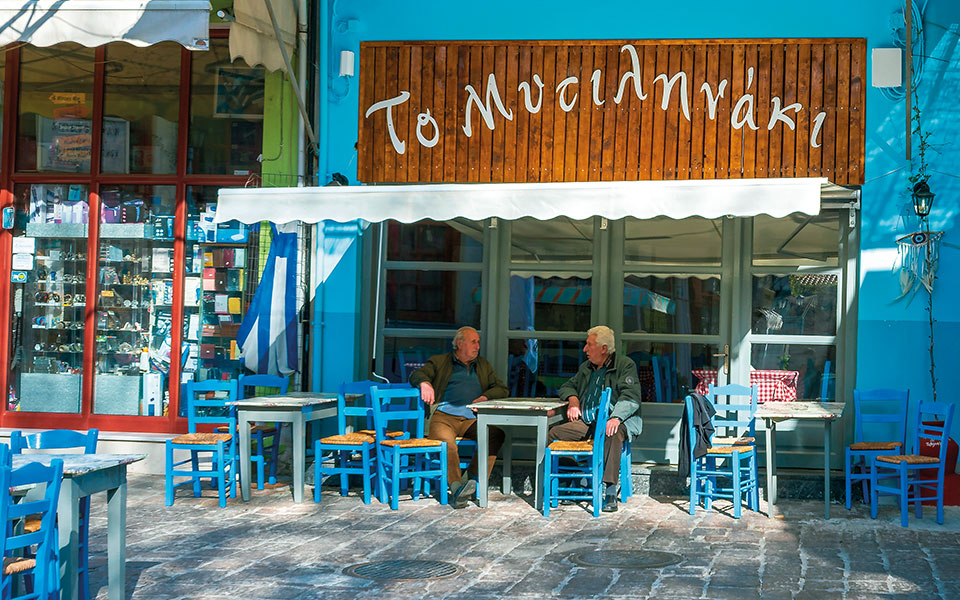
© Shutterstock
Mytilene of Provence and Bavaria
Pediments, Ionic capitals, antefixes, sachnisis, turrets, arches and pebble mosaics. The mansions of Mytilene testify to the wealth and desire for Europeanization of the bourgeoisie of the 19th and 20th centuries. Take a walk through the streets of Lesvos’ capital and you will be amazed by the spectacle of Bavarian and Provencal mansions that, strangely enough, are an integral part of the architectural identity of an island in the Northeast Aegean.
A Museum Dedicated to the Olive Oil
The old community olive oil press of Aghia Paraskevi, in the heart of Lesvos, houses the Museum of Industrial Olive Oil Production, one of the nine thematic museums of the Cultural Foundation of the Piraeus Group. Through the old mechanical equipment, the digital productions and the oximetry experiment, you will learn everything about the stages of olive oil production (fruit crushing, olive paste compression, separation of the oil from water) and about the overall relationship of the olive with the land and the people (open daily except Tuesday 10:00-18:00).
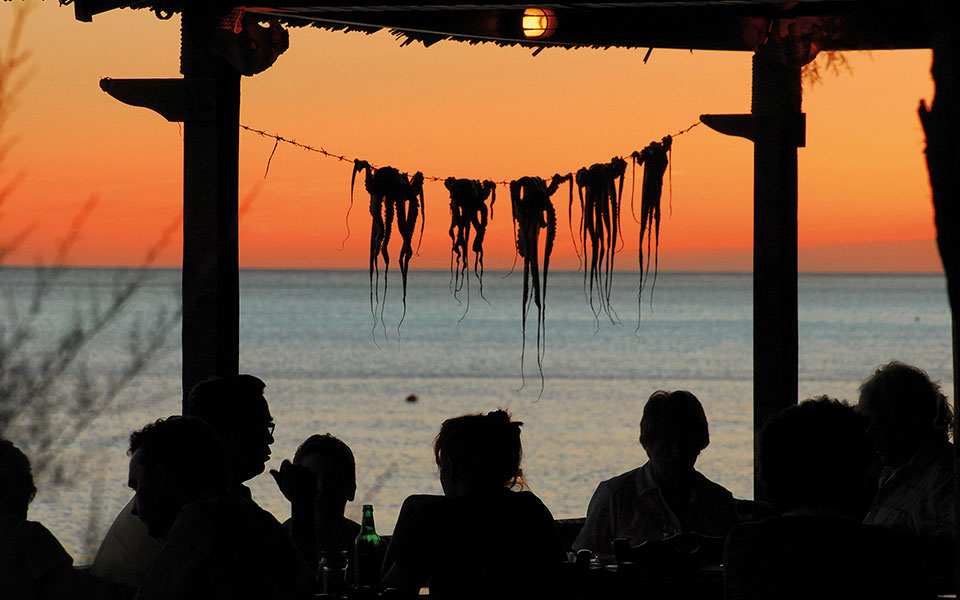
© Giannis Giannelos
TIPS
On the way from Molyvos to Vatoussa, make a stop at the huge sandy beach of Petra (6km from Molyvos) for a quick, cool dip, keeping in mind that its waters are very cold.
Only by traveling to Lesvos does one understand that the ouzo culture has deeply permeated society and that its production is not limited to two or three popular brands that circulate throughout Greece – there are many more. When visiting taverns and traditional cafés in Lesvos, ask for ouzo labels by small distillers, to get to try them and to support them.
Vareia, the native land of the great artist Theofilos, is a small suburb, five kilometers south of Mytilene. Take a walk to explore the birthplace of the painter who gave color and shape to vague concepts, such as motherland and Greekness. There is also a museum dedicated to Theofilos in the village (Tel. (+30) 22510.416.44, Mon.-Fri. 08:30-14:30. In the summer, the museum is also open on weekends 09:00-13:30).
Lesvos island has a vivid connection with both the land and the sea, as evidenced by the excellent ladotyri (Protected Designation of Origin (PDO) cheese from Greece, preserved in extra virgin olive oil) and the famous papalinas (sardines from the Gulf of Kalloni).

